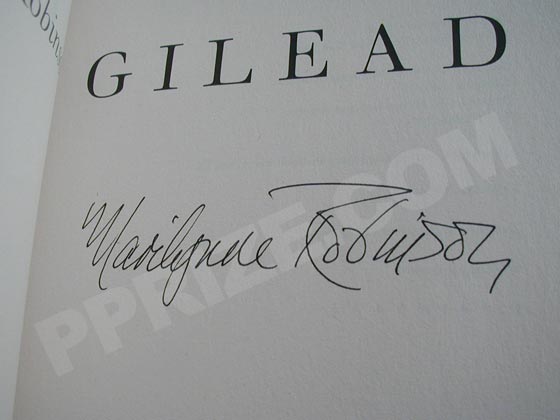
But it is not accurate to call it a sequel or a prequel. “Jack” is the fourth novel in Robinson’s Gilead series, an intergenerational saga of race, religion, family, and forgiveness centered on a small Iowa town. Her writing is best understood as a grand project of restoration, aesthetic as well as political, which she has undertaken in the past four decades in six works of nonfiction and five novels, including a new one this fall. She has devoted her life to reconsidering figures whom history has seen fit to forget or malign, and recovering ideas long misinterpreted or neglected.

This one seemed very far from Eden, but Robinson is accustomed to tending gardens that others have forsaken. As a Calvinist, she has spent a lot of her life thinking about apple trees. As a writer, Robinson is a direct descendant of Frost, carrying on his tradition of careful, democratic observations of this country’s landscapes and its people, perpetually keeping one eye on the eternal and the other on the everyday. More trunk than tree, barren except for a single branch with a few withered attempts at fruit, its shadow was barely longer than hers.

She ambled around the farmhouse and its grounds, looking at Frost’s books and through his windows, studying his barns, recalling her grandfather’s flower gardens while photographing the poet’s, and admiring a bronze statue of Frost before posing obligingly beside it.īut it was the apple tree that seemed particularly charged in Robinson’s presence. “I prefer to think of my favorite writers off somewhere writing.” Because of the pandemic, though, it had been months since she had left her summer house, by a lake in Saratoga Springs, so she was open to an adventure.

She does not generally like visiting the houses of writers gone from this world. Time and wind and winter storms have had their way with them, and today only one remains.Įarlier this summer, Marilynne Robinson followed a path through the fallow field that used to be Frost’s orchard, then looked for a long time at the last of his plantings.

A hundred years ago, Robert Frost bought a ninety-acre farm near South Shaftsbury, Vermont it came with an old stone house and a pair of barns, but he also wanted an orchard, so he planted hundreds of apple trees.


 0 kommentar(er)
0 kommentar(er)
